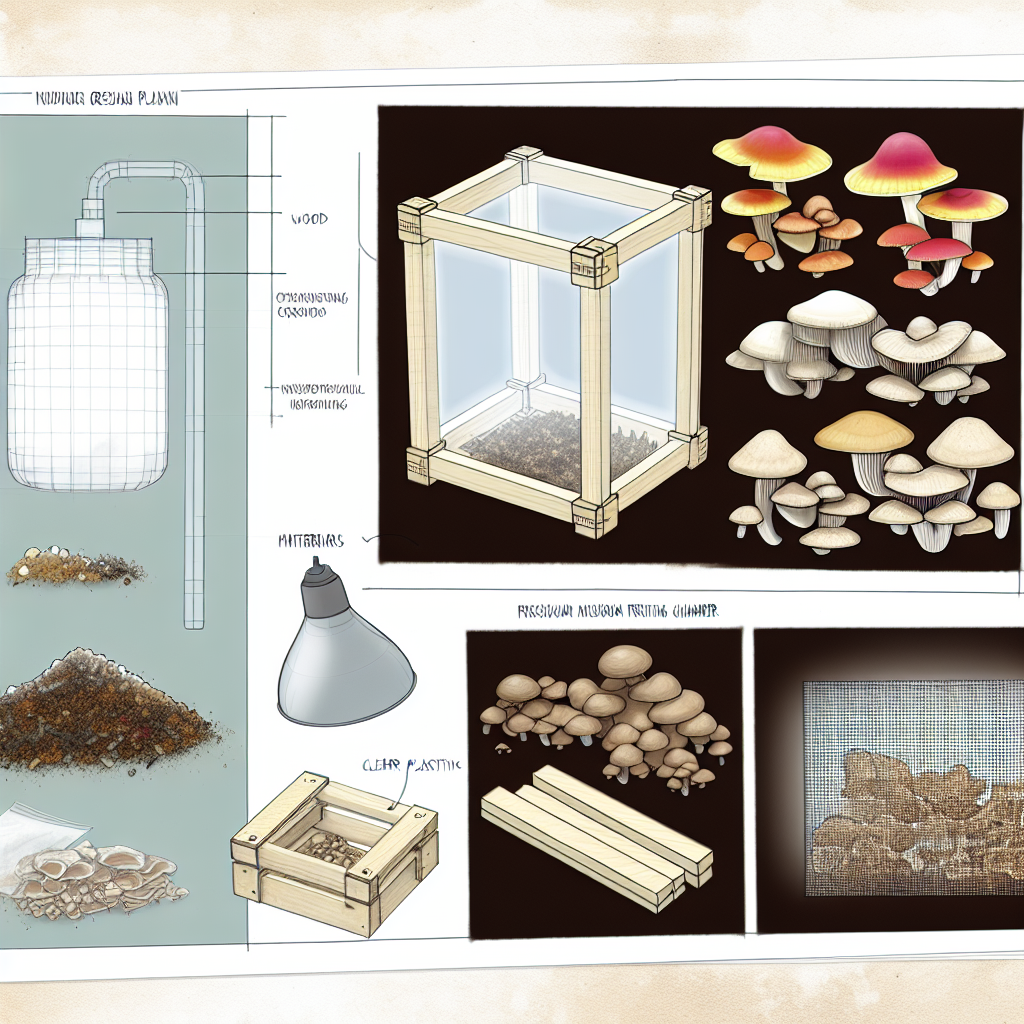The Neuroprotective Effects of CBDV (Cannabidivarin) – A Review of Pre-Clinical Data
Introduction
The therapeutic potential of cannabinoids continues to captivate researchers, medical professionals, and stakeholders in the cannabis industry. With increasing global legalization, there is growing interest in lesser-known, minor cannabinoids beyond THC and CBD. Among these, Cannabidivarin (CBDV) is gaining attention for its emerging neuroprotective and anticonvulsant properties.
First identified in the 1960s, CBDV is a non-intoxicating compound structurally similar to CBD but with a propyl side chain, which alters its pharmacological behavior. Unlike THC, CBDV does not significantly bind to CB1 or CB2 receptors. Instead, it acts on transient receptor potential (TRP) channels, like TRPV1, TRPA1, and TRPM8—important mediators in pain, inflammation, and neuronal excitation.
CBDV commonly appears in landrace cannabis and hemp strains from northwest India and Nepal. It is classified as a “propyl analog” of CBD—a structural difference that may be key to its unique interactions with the endocannabinoid system (ECS) and related receptors.
Pre-clinical studies using rodent models have shown CBDV may support treatment for conditions like epilepsy, Rett syndrome, autism spectrum disorder (ASD), and traumatic brain injury (TBI). CBDV appears to contribute to reduced neuroinflammation, improved synaptic plasticity, and enhanced neurogenesis, revealing its promise as a neurotherapeutic agent.
Notably, pharmaceutical developers such as GW Pharmaceuticals are exploring this compound in clinical settings. Though human trials are still limited, the growing body of pre-clinical data supports further investigation into CBDV as a potent tool for neurological and pediatric care, age-related cognitive decline, and broader mental health therapy.
Features – A Review of Pre-Clinical Studies
1. Anticonvulsant and Antiepileptic Potential
One of the most investigated areas for CBDV is its effectiveness as an anticonvulsant. In a pivotal 2012 study published in the British Journal of Pharmacology, CBDV was found to significantly reduce seizure frequency and intensity in several epileptic animal models, including those induced by maximal electroshock and pentylenetetrazole.
Unlike many established anti-epileptic drugs, CBDV appears to function via alternative pathways, suggesting it may represent a new class of therapies for drug-resistant epilepsy.
Read more:
British Journal of Pharmacology (2012)
2. Rett Syndrome and Autism Spectrum Disorders
CBDV has shown encouraging results in studies involving Rett syndrome—a severe, rare genetic neurological disorder. A 2019 study by GW Pharmaceuticals demonstrated that CBDV treatment improved social behavior and overall health in mouse models by modulating key neurotransmitters like glutamate and GABA in the hippocampus.
Furthermore, a 2021 study examined rodent models of autism spectrum disorder (ASD) and found that CBDV restored social behaviors, normalized EC system signaling, and reduced repetitive actions. These effects suggest a strong mechanistic link between CBDV and correction of core pathologies in ASD.
Further reading:
Study on Rett Syndrome (2019)
Autism Research (2021)
3. Traumatic Brain Injury and Stroke
CBDV also demonstrates neuroprotective properties in traumatic brain injury (TBI) and stroke models. In a 2020 study published in Frontiers in Pharmacology, mice subjected to cortical trauma were treated with CBDV, which led to reduced activation of astrocytes (astroglial reactivity), decreased levels of pro-inflammatory cytokines, and improved cognitive recovery.
The cannabinoid’s ability to preserve neuronal structure and suppress secondary brain injury highlights its potential as a promising treatment in acute neurological trauma scenarios.
Source:
Frontiers in Pharmacology (2020)
4. Neurogenesis and Synaptic Plasticity
Another promising area of research is CBDV’s role in enhancing neurogenesis and maintaining synaptic plasticity. A 2020 rodent study demonstrated increased neuron formation in the hippocampus following CBDV treatment, especially among animals under constant stress or inflammation.
Because the hippocampus is essential for memory and learning, this finding suggests CBDV could help mitigate symptoms of neurodegenerative disorders like Alzheimer’s disease and chronic stress-related dysfunctions.
Research link:
Hippocampal Neurogenesis Study (2020)
5. Safety and Tolerability
Though large-scale human studies are pending, early data from a Phase I clinical trial led by GW Pharmaceuticals indicate that CBDV is highly tolerable. The trial, conducted on healthy adults, observed no serious adverse events, suggesting a favorable safety profile.
Link to study:
Clinical Trials Database
Conclusion
While further study is needed, current pre-clinical evidence positions CBDV as a promising candidate in neurotherapeutic research. Its impact on epilepsy, neurodevelopmental disorders, stroke, and TBI—combined with its effects on inflammation, neuroplasticity, and cognitive recovery—point to a bright future in cannabinoid medicine.
As research advances, professionals in neurology, pediatrics, geriatrics, and mental health will increasingly benefit from exploring CBDV in clinical applications. It is likely to become a critical component in multimodal strategies for managing complex neurological conditions.
Concise Summary
CBDV (Cannabidivarin) is a non-intoxicating cannabinoid with promising neuroprotective properties demonstrated in pre-clinical animal models. Research indicates benefits in epilepsy, autism spectrum disorder, Rett syndrome, traumatic brain injury, and cognitive impairment through mechanisms involving neuroinflammation reduction, neurogenesis, and synaptic modulation. Unlike THC, CBDV interacts favorably with ion channels without strong CB1 or CB2 receptor binding. Its safety profile appears strong based on early human trials. As interest in minor cannabinoids grows, CBDV holds potential to become a therapeutic tool in neurology and mental health medicine.
References
– British Journal of Pharmacology (2012)
– Study on Rett Syndrome (2019)
– ASD Mouse Model Study (2021)
– TBI and Stroke Study (2020)
– Neurogenesis Study (2020)
– Phase I Clinical Trial



